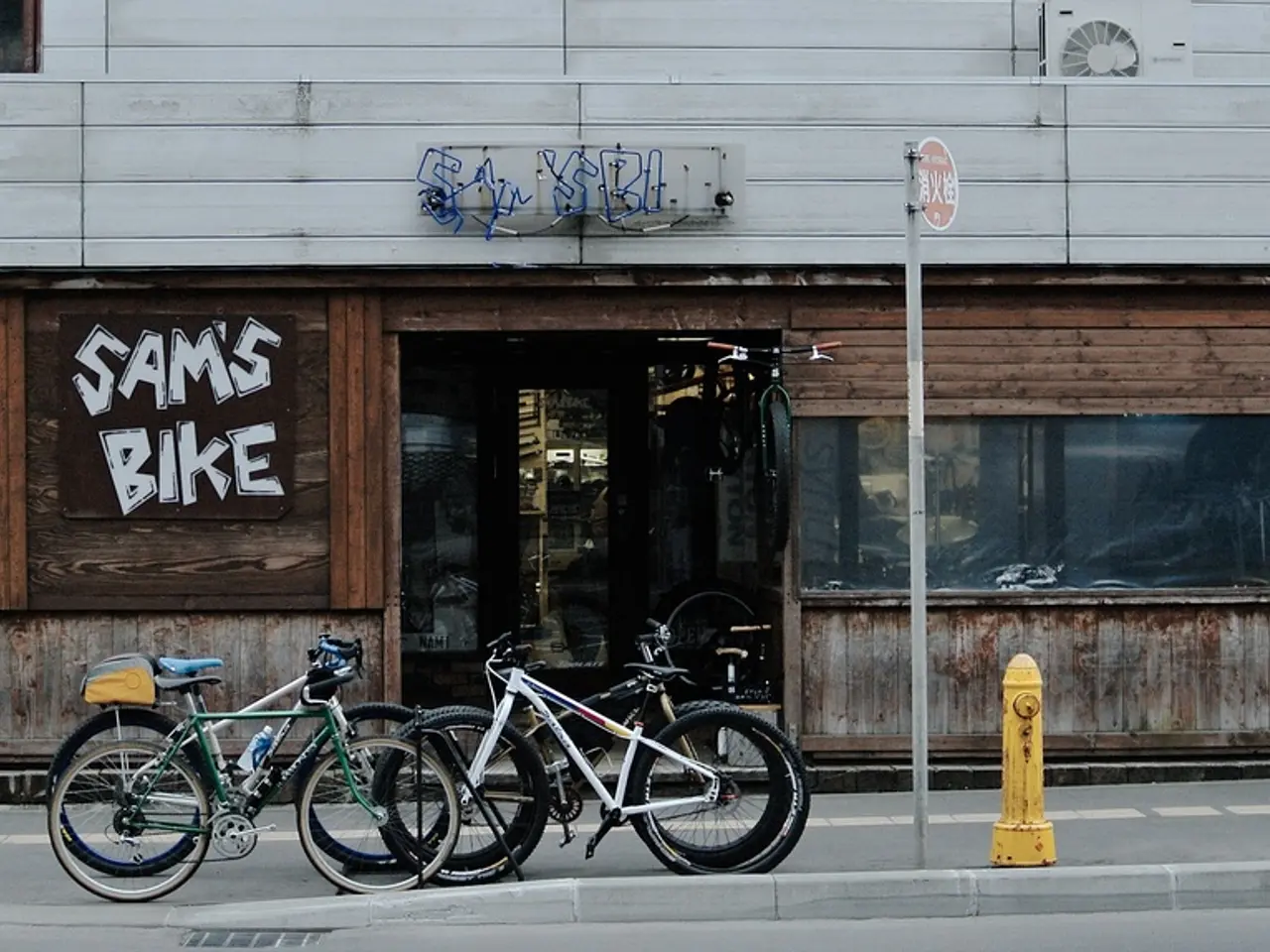Guidelines for Smoke Alarms: Installation, Upkeep, Testing, and Replacement Procedures
In Australia, house fires are a significant concern, with many starting in the lounge room or bedroom and most occurring between the hours of 8pm and 8am [1]. The leading causes of these fires include unattended cooking in kitchens, discarded cigarettes and smoking materials, electrical faults, and heating appliance misuse. Cooking fires, often from leaving food unattended or grease buildup, are the most common source of home fires [2][3][4].
Smoking indoors, particularly falling asleep with a lit cigarette, remains a major cause of fatal fires, especially in Victoria where about half of fatal house fires in 2024 were linked to smoking materials [2]. Electrical faults related to power supplies, appliances, and powerboards also contribute significantly. Misuse of heating devices, especially portable heaters near flammable items, is another risk factor during colder months [2][3][4].
Broader factors such as arson, negligent open flames (e.g., unattended campfires), and electrical equipment failures outdoors can lead to fires that impact urban homes, especially in areas experiencing dry conditions and bushfire risk. Climate change has heightened these risks by lengthening fire seasons and increasing vegetation flammability [1].
To mitigate these risks, the Country Fire Authority (CFA) offers several recommendations. Firstly, all smoke alarms in the home should be powered by a 10-year lithium battery, and every 10 years, the battery (and backup battery, if you have a hard-wired smoke alarm) should be replaced [3]. Smoke alarm units should be replaced every 10 years by a licensed electrician [3].
The CFA recommends installing smoke alarms on each level of a house, in each bedroom and living area, and in hallways and stairs between floors for increased fire detection [3]. Smoke alarms installed on the wall should be located 300-500mm from the ceiling, while those on the ceiling should be located in the centre of the ceiling, at least 300mm from any cornice or wall [3]. If installed on a sloping or cathedral ceiling, the smoke alarm needs to be located 500-1500mm from the highest point [3].
Dust build-up, dead insects, and other substances can prevent smoke alarms from working effectively, so they should be cleaned once a month with a vacuum cleaner brush [3]. The CFA recommends pressing the smoke alarm's test button monthly to ensure it is working [3]. If the smoke alarm unit is yellowing, if it still continually chirps or beeps after a battery change, or if it keeps activating for no reason, it should be replaced [3].
If you're unsure of testing or replacing your smoke alarm batteries yourself, you can get a qualified professional to assist [3]. If the smoke alarm unit needs replacing, it's best to do so with a new smoke alarm with a lithium battery that has a 10-year lifespan for the highest level of security [3].
Remember, only working smoke alarms save lives. The CFA reports that only 45 per cent of properties attended by fire services had smoke alarms, with 31 per cent of those not working [3]. It's crucial to prioritise fire safety in your home.
References:
[1] CSIRO. (2020). Climate change in Australia: Impacts, vulnerabilities and risks. Retrieved from https://www.csiro.au/en/research/people-and-industry/science-policy/publications/reports/climate-change-in-australia
[2] Country Fire Authority. (2021). House fires. Retrieved from https://www.cfa.vic.gov.au/plan-prepare/home-safety/house-fires/
[3] Country Fire Authority. (2021). Smoke alarms. Retrieved from https://www.cfa.vic.gov.au/plan-prepare/home-safety/smoke-alarms/
[4] Fire and Rescue NSW. (2021). Common causes of house fires. Retrieved from https://www.fireandrescue.nsw.gov.au/plan-prepare/home-safety/common-causes-of-house-fires
Adhering to the recommendations provided by the Country Fire Authority (CFA), maintaining a home-and-garden lifestyle includes regularly checking and replacing smoke alarms, with a focus on installing new alarms with a 10-year lithium battery. Additionally, implementing a smoke-free living environment can contribute significantly to reducing fire hazards, especially for families prioritizing overall home safety.




